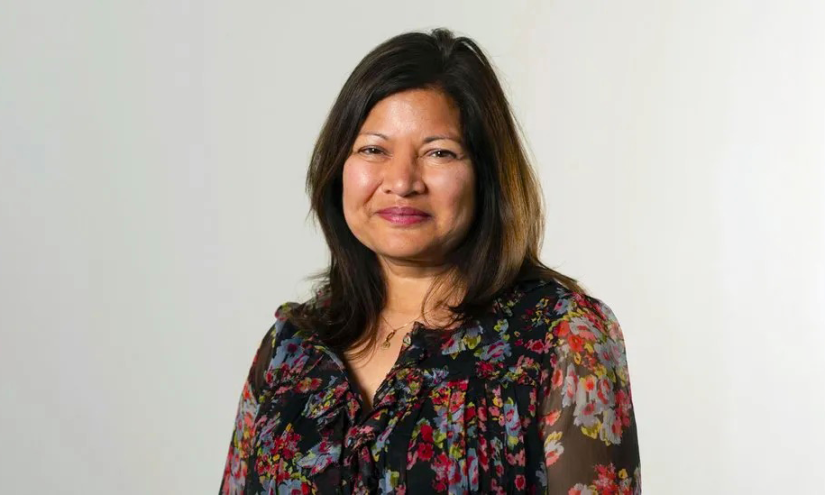


Shirley Rodrigues is an environmentalist self-starter who was appointed as London Deputy Mayor for Environment and Energy in 2016. She made her debut occupying various positions within London’s local government, where she assisted local authorities in crafting new policies and infrastructure for the city.
Shirley also served as the Head of Environment and Climate Change at the Greater London Authority, offering strategic guidance in shaping and executing pivotal strategies for former Mayors Ken Livingstone and Boris Johnson. Her key focus under the current mayor, Sadiq Khan, has been tackling the climate and ecological emergency with an ambitious aim for London to be a net zero carbon city by 2030.
We were delighted when Shirley joined our Board of Trustees in 2022, as her invaluable expertise would help inform our project planning and challenge us to think even more critically about our work. Whilst picking Shirley’s brain, we discovered just how effortlessly the concept of retrofitting, both in terms of physical infrastructure and metaphorically in our attitudes, can contribute to making the planet a better place.
As a Deputy Mayor, you’re working to implement the Mayor’s manifesto. So, you’re given this sort of portfolio of goals, but actually within that you have quite a lot of flexibility to come up with ideas and make partnerships with other people in order to achieve them. My portfolio is obviously focused on environment and energy and that’s what’s really special about my job because the environment is everywhere and everything has an impact on the environment.
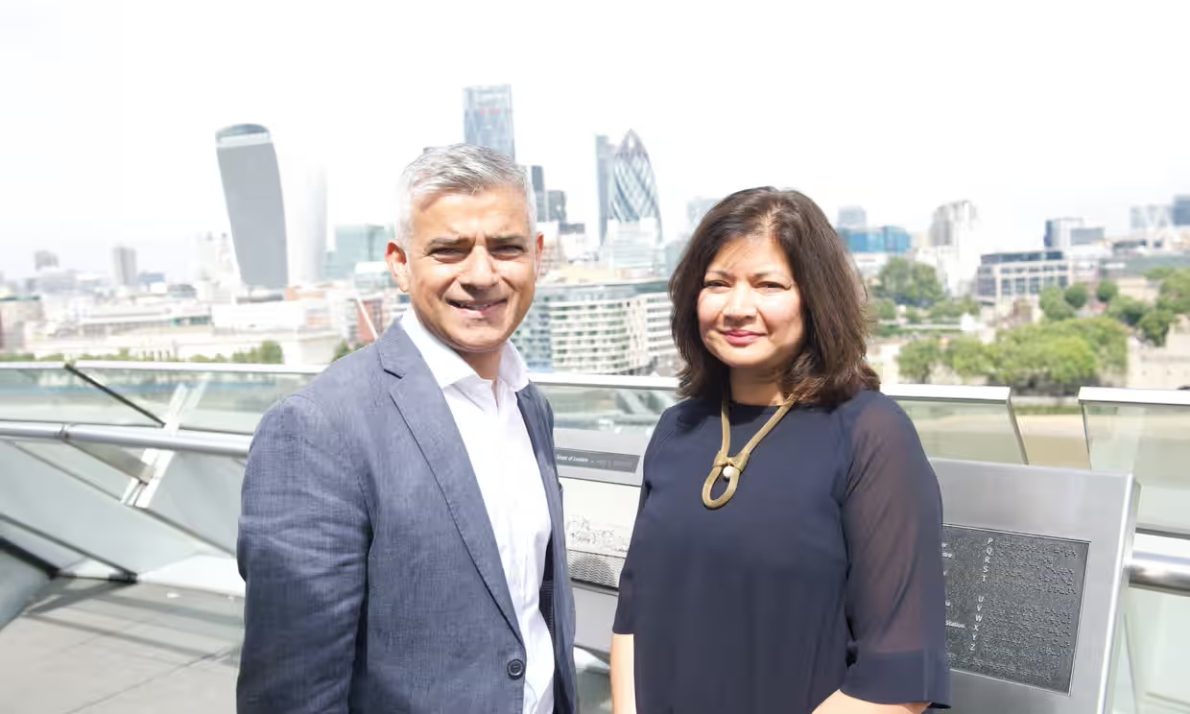
Working for Sadiq [Khan – Mayor of London], one thing that he was really clear about was that everything is integrated. We need to make sure that as we work on housing, planning or culture, or economy and business, we are understanding – for environment – where the potential opportunities are, what the impacts could be and how we can try to mitigate them.
“My goal is to make London a more sustainable city.”
We have a responsibility not only as a place with a lot of pulling power, but also as a huge consumer and a producer of emissions. The main thing that I’ve been working on has been tackling air pollution. This led to the tragic death of Ella Adoo-Kissi-Debrah, a 9-year-old girl who was the first person to have had air pollution cited as a cause of death in the UK and that’s such a powerful driving force behind these changes.
The Ultra-Low Emission Zone (ULEZ) is the ‘big signature policy’. We created a chargeable zone to try and get people who drive the most polluting vehicles, you know, the older fossil fuel vehicles that use petrol or diesel, to really think about the use of that car. We set a charge initially just in Central London and then expanded it in 2021 to the whole of London. The premise was to get drivers to understand that there’s an environmental impact that most people weren’t factoring in and really, we could be commuting in better ways. Incentivising those behaviours by making people think “well actually maybe I don’t need the car, maybe I can get rid of it, maybe I can get a second-hand, cleaner vehicle or walk, cycle, use public transport more”. And helping them with a scrappage scheme. Yes, of course you can still drive, but you’ll have to pay £12.50 for that and if you don’t, you get a fine.
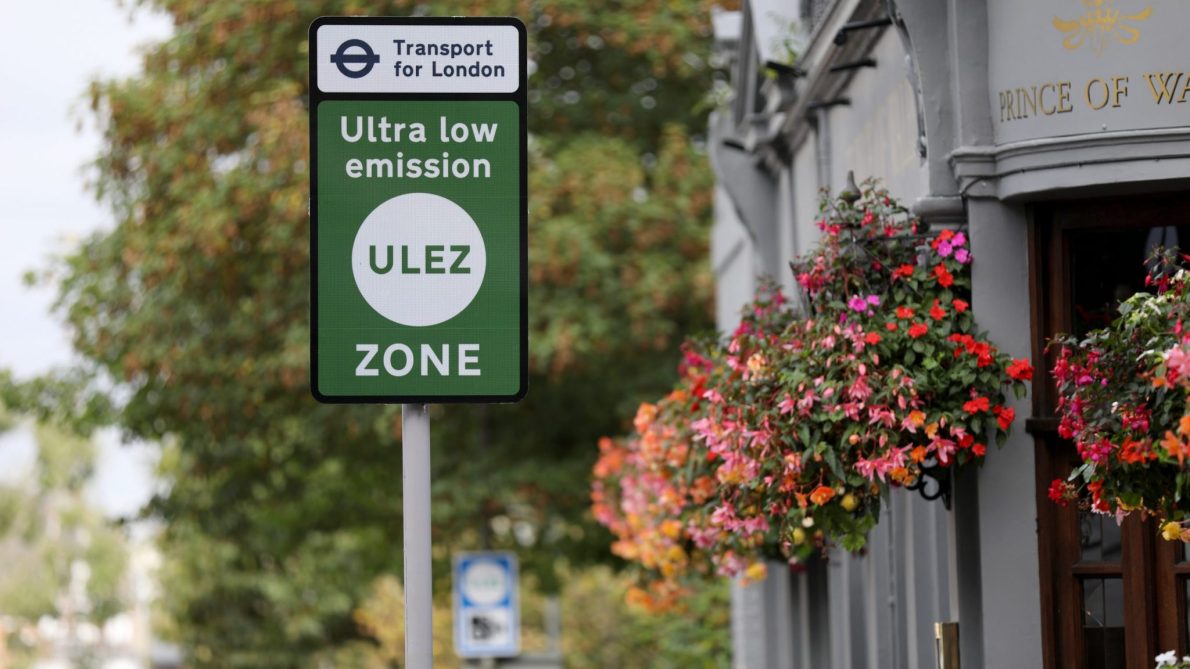
The second time when we expanded the zone to Inner London I was worried about the size of the task – going eighteen times the size of the original Congestion Charge area. It actually went very smoothly and it’s had a massive impact. We’ve done lots of studies and reports that have been peer-reviewed about the impact of cutting emissions. The latest studies show a near halving of harmful pollution levels in central London compared to what they would have been without the ULEZ.
“We know that even despite the cost-of-living crisis and how difficult and expensive life is becoming for so many people, initiatives like the ULEZ are the right thing to do and we must press ahead with it.”
We have a responsibility as a city to show how we’re cutting our emissions because those impacts are not just affecting us here in London, like the flashflooding and wildfires, but they’re impacting people in countries elsewhere. We’re seeing more institutions take this crisis seriously and put money aside for reporting and developing greener strategies. You do so at Artichoke and I’m really impressed by the intensity of the analysis that you’re doing with companies like Julie’s Bicycle and A Greener Future. I think that we are seeing that the corporate attitude is changing and that’s the sort of responsible approach that arts organisations are taking as well.
The Mayor wants to bring nature back to our cities. Alongside the climate emergency, there’s also the pressing ecological emergency. The UK is one of the most nature depleted countries in the world and we’re seeing this manifest more and more. For example, I don’t know if you’ve seen all the news about how nobody sees insects anymore.
The London Rewilding Taskforce was set explore how we can bring back and make the space for rapidly extinguished species to thrive. You may have heard about the beavers that we brought back in Enfield and Ealing – we started with a breeding pair called Sigourney and Justin Beaver.
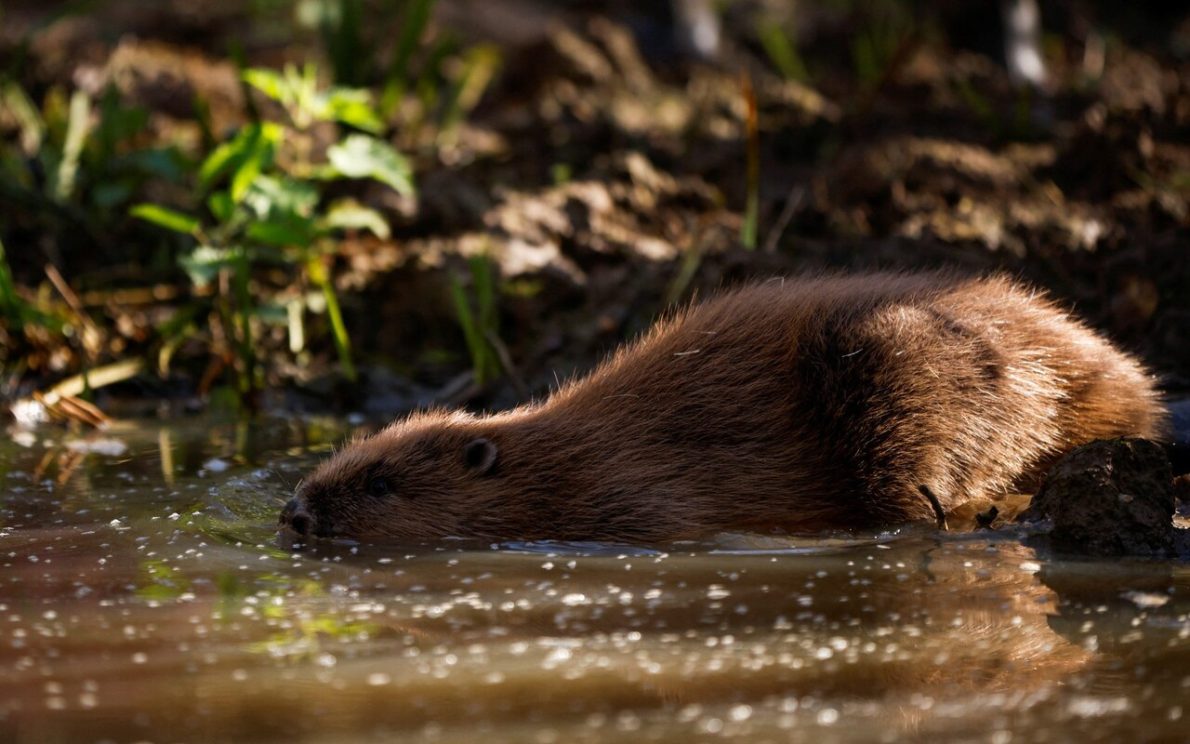
Our aim was to inspire people to get creative with engaging in rewilding strategies and it really resonated with the Londoners. You want to get people thinking; “what can I do more of?”, “what can I do in my back garden?”, “why aren’t we doing this?” and “how can we get our local authority to engage with this?”
No matter how much or how well we [government] say what’s happening to the environment, that message still can be mistrusted. The arts play a role by being a conveyor of information and a mediator or inspirer.
We did an amazing advertising campaign in 2017 about air pollution because with air pollution, most people are oblivious to how toxic the air is that they are breathing in.
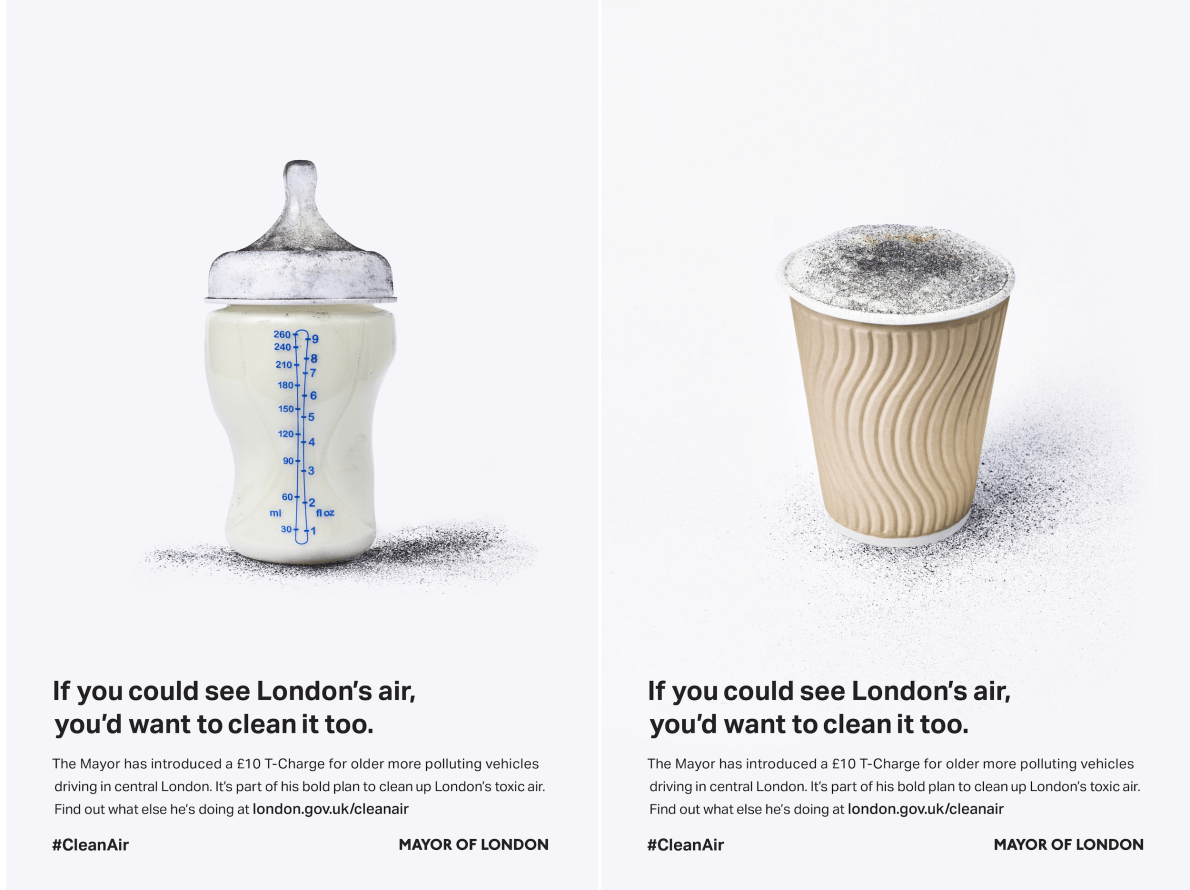
We had this artwork which was just a straightforward photograph of a milk bottle. It was a baby’s milk bottle covered in this horrible black soot and the point was, if you could visualise how poisonous this air pollution was, you’d want to do something about it.
“The arts have a unique ability to challenge and disrupt our way of thinking in a creative way because otherwise we can get too complacent and just carry on.”
Nowadays, we work where we live. People want to use space differently and it’s about recognising that and enabling it. Take the old City Hall for example, it’s right in the centre of London near Tower Bridge. It sits within a private estate with concrete tiles, which isn’t great for the environment, providing a hard surface that contributes to frequent flash flooding due to its inability to absorb water. There were very few trees, I mean it wasn’t somewhere that you really wanted to hang around.
Then, when they redid it, they put in this water feature in and everyone thought ‘oh, isn’t this lovely?’ Every summer when they turned it on, lots of people who lived in the estates around City Hall came after school.
You’d see local mothers, fathers and carers bring their children. They’d be using the fountains as a swimming pool, splash pad, you know, they’d even bring picnics! There’d be all these commuters walking through juxtaposed by these excited kids running through the water… it was just so much fun.
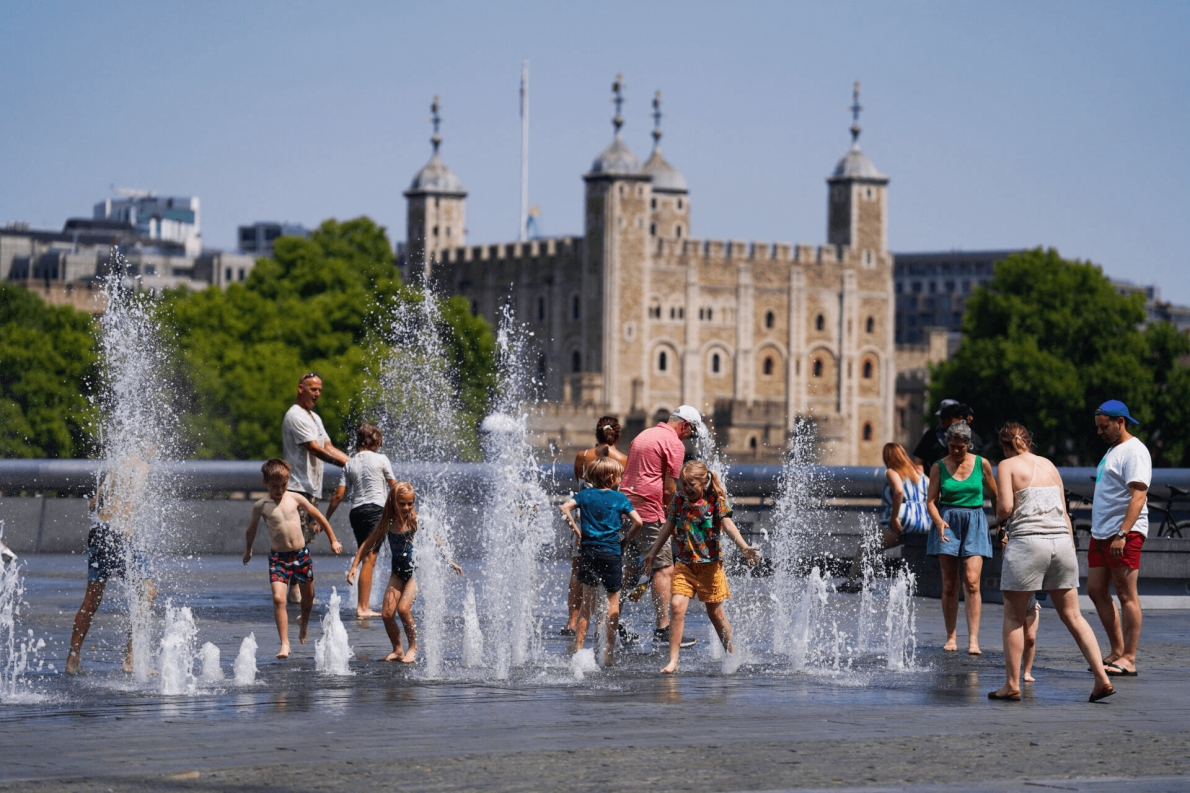
That was unintentional, but it could have been designed that way purposefully because the local community didn’t really have anywhere like that to go. It actually made that area much more liveable and vibrant, much more of a social space than just somewhere you walk through to go get your sandwich or head to London Bridge station.
I think that all sectors should think about how they can address green issues. This is why me sitting on the Board and having these conversations is really important because we can dedicate time to thinking about the lasting impact of projects and how we can incorporate eco-friendly ideas in a mutually beneficial way.
Artichoke is committed to reducing the environmental impact of our projects. Read our Sustainability Statement.